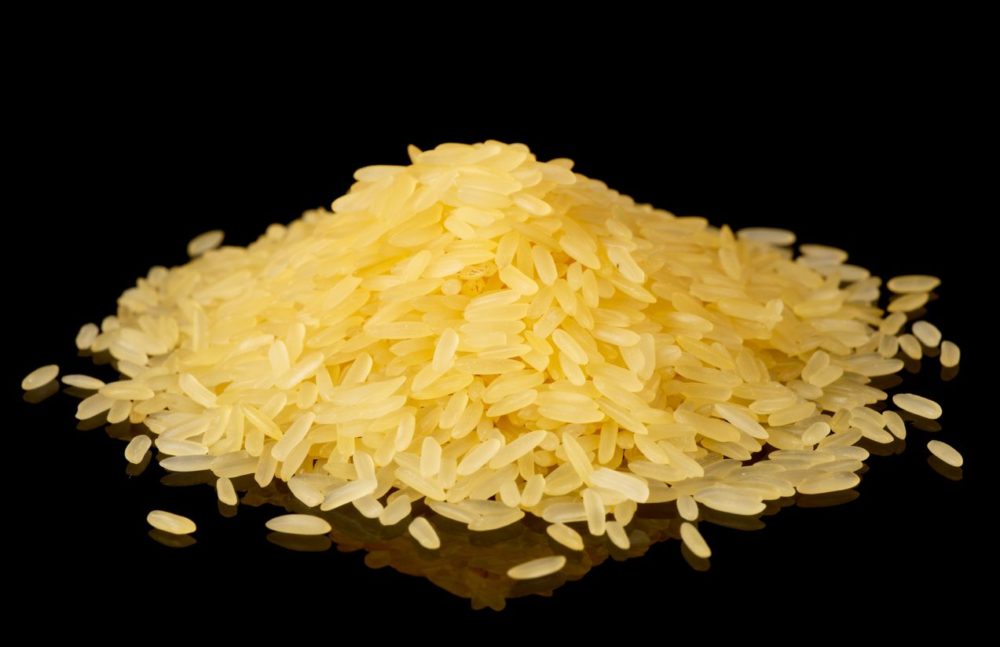Barbara Wells is global director of genetic innovation at CGIAR, a global partnership of national and regional-level organizations focused on food, land, and water security.
The views expressed in this guest article are the author’s own and do not necessarily represent those of AFN.
In the 30 years it has taken to approve golden rice, a rice variety genetically modified to provide higher levels of vitamin A, some 15 million children may have lost their vision through malnutrition.
Every year, as a result of vitamin A deficiency, up to 500,000 children go blind, with half dying within 12 months.
Having been approved for commercial production in the Philippines – the first such approval anywhere in the world – golden rice may finally reduce the persistent threat of vitamin A deficiency for millions of vulnerable children and pregnant women.
Yet for all the hard work from scientists over three decades to demonstrate its safety and efficacy, golden rice is just one component of a complex food system that must evolve to address the triple challenge of hunger, poverty, and inequality.
Not only do these issues remain widespread; they’re growing.
As we have seen with the development of orange-fleshed sweetpotato – which also tackles vitamin A deficiency along with high-vitamin A corn and cassava – breeding more nutritious varieties of staple foods can help address serious, long-term nutritional challenges in a way that is accessible to the most vulnerable on a global scale.
Unlike genetically modified golden rice, these crops are biofortified through conventional breeding techniques which are subject to less regulatory controls. But these innovations must still be accompanied by the investment, infrastructure, and support systems to fully unlock their benefits for healthy diets, livelihoods, and environments for all.
To begin with, this means improving market access. Farmers need access to profitable opportunities through which to sell their produce. Consumers need access to affordable, healthy, and nutritious foods.
The Covid-19 pandemic has increased food insecurity which, alongside rising global food prices, makes the need for accessible, local, and nutritious food greater than ever.
Taking advantage of new crop varieties also means building better infrastructure to support them, from roads and vehicles to transport produce, to storage and processing facilities.
Genetically modified crops like golden rice, and conventionally biofortified crops like orange-fleshed sweetpotato, need no additional resources to grow compared to traditional varieties. But farmers continue to need more, and better, tools to maximize their yields – including digital technologies such as weather forecasting services and pest diagnosis apps.
As consumer tastes and preferences evolve, producers need support to process their crops into foods with greater market appeal – such as baked goods made with orange-fleshed sweetpotato puree.
Finally, for these new varieties to fully benefit vulnerable families, they must be promoted and explained through education. This includes outreach that covers how best to prepare these crops, as well as cooking and food safety.
We have seen how successfully nutrition education can support the deployment of new varieties of staple crops. Outreach in Kenya in 2017 led to a greater consumption of orange-fleshed sweetpotato, which itself contributed to improvements in the vitamin A status of pregnant women.
Similarly, initiatives to introduce high-iron beans into women’s diets in Rwanda have helped reduce levels of anemia. These models can serve as a template for future efforts with golden rice.
Important breakthroughs like golden rice can lead the way in dealing with some of the world’s most prevailing health issues, like vitamin A deficiency.
But fully realizing the benefits of these innovations requires a systems approach, from the soil up.
Agricultural research needs continued, ongoing, and dedicated funding to support more life-changing and life-saving breakthroughs – from the first seed, to the last mile.




